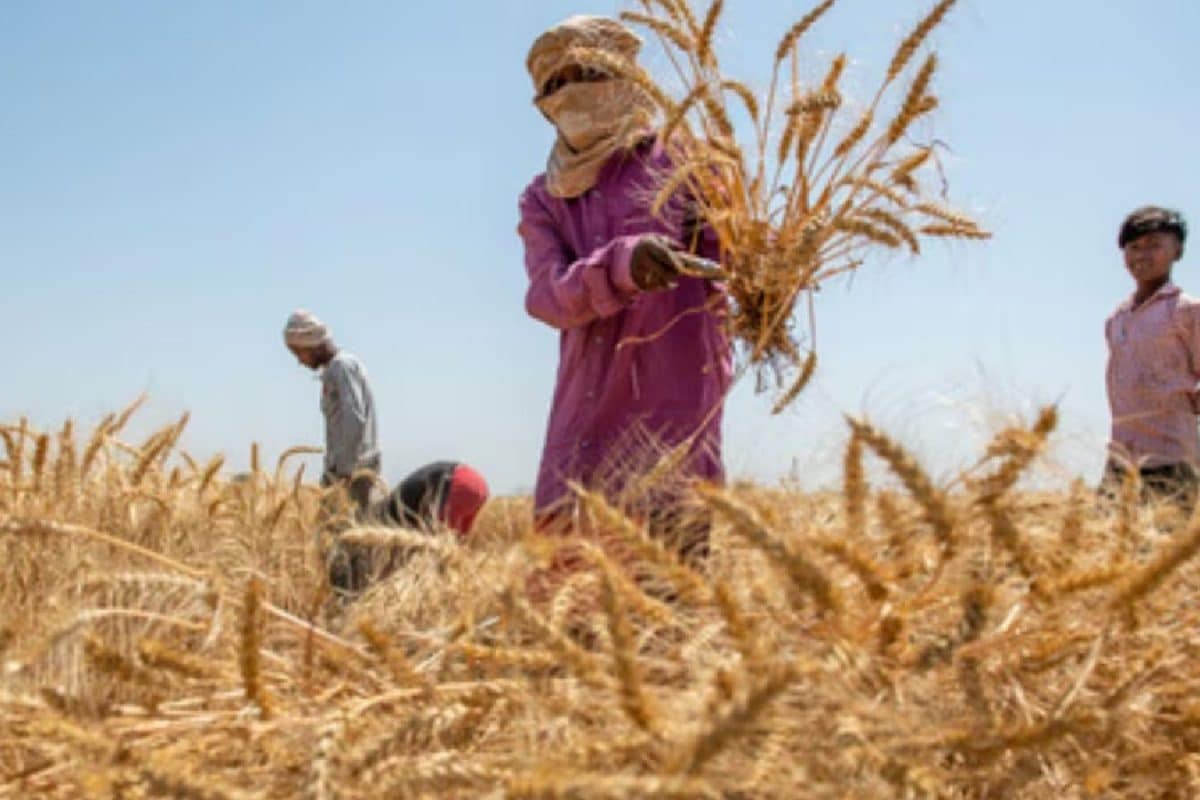

India's agriculture sector has witnessed remarkable growth over the past decade, with the Gross Value Added (GVA) more than tripling in 12 years. According to a recent report by the Ministry of Statistics and Programme Implementation, the GVA of agriculture and allied sectors at current prices registered a growth of approximately 225%, increasing from ₹1,502 thousand crore in 2011-12 to ₹4,878 thousand crore in 2023-24.
The "Statistical Report on Value of Output from Agriculture and Allied Sectors (2011-12 to 2023-24)," released by the Ministry of Statistics and Programme Implementation, provides detailed data on the values of output from various segments within agriculture, including crops, livestock, forestry, logging, fishing, and aquaculture. The report highlights that the Gross Value of Output (GVO) from the agriculture and allied sectors at constant prices has shown steady growth, rising from ₹1,908 thousand crore in 2011–12 to ₹2,949 thousand crore in 2023–24, an overall increase of about 54.6%.
Agriculture remains a critical component of the Indian economy, contributing around 18% to the national GVA and employing approximately 45% of the country's workforce. The sector's consistent growth is vital for ensuring food security for over 1.4 billion people and plays a significant role in rural development and poverty alleviation.
Crops continue to be the largest contributor to agricultural output, accounting for over 54% of the total GVO. Cereals, fruits, and vegetables together constitute more than half of the share within the crop sector. Notably, paddy and wheat alone represent approximately 85% of the cereal output. Uttar Pradesh, Madhya Pradesh, Punjab, Telangana, and Haryana are the leading states contributing to cereal production.
Livestock has also experienced robust growth, with its GVO increasing from ₹488 thousand crore in 2011-12 to ₹919 thousand crore in 2023-24. Milk remains the dominant product in the livestock sector, although its share has slightly decreased due to the rising production of meat. Floriculture has emerged as a rapidly growing segment, with its GVO almost doubling during the same period, indicating a shift towards commercial horticulture.
The Economic Survey 2024-25 highlights the resilience of the agriculture sector, which has demonstrated an average annual growth rate of 5% from FY17 to FY23, despite various challenges. In the second quarter of FY25, the agriculture sector recorded a growth rate of 3.5%. The survey emphasizes that the allied sectors, including livestock, forestry, and fishing, have become key drivers of agricultural growth.
Looking ahead, the government has set a record target of 354.64 million tonnes for food grain production in the 2025-26 crop year, driven by forecasts of an above-normal monsoon. This represents a 4% increase from the target for the current crop year. The government is also implementing various initiatives to modernize food grain storage systems and improve supply chain infrastructure.